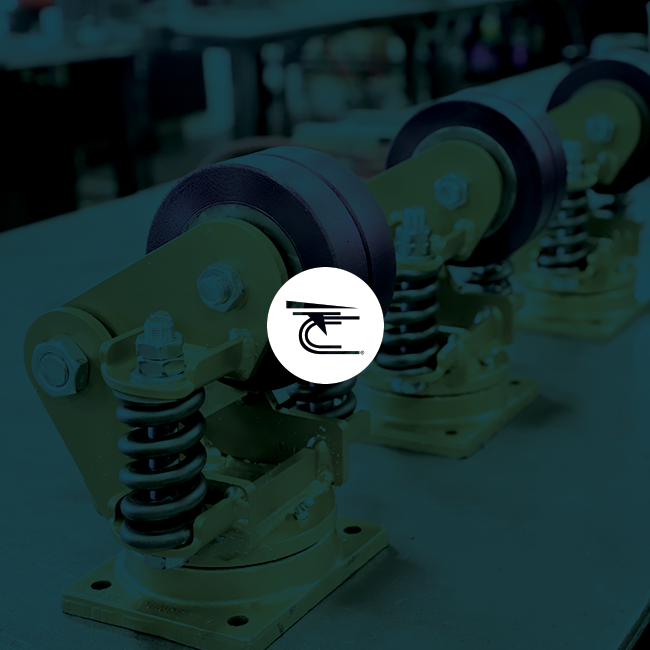

No matter what kind of casters you utilize in your work area or industry, including maintenance-free casters, it is crucial that you take the time to inspect them regularly in order to promote workplace safety and productivity. Below is a checklist that you can use to ensure your inspections are thorough and complete.
When inspecting your casters, you should also be sure to inspect the carts and racks they are attached to and look for any signs of distortion or metal fatigue. If anything appears to be twisted, bent, or distorted, this is a sign of uneven weight distribution. That can mean that one caster is carrying far more of the load than intended. Repair any bending or distortion immediately to prevent caster failure due to overloading.
You should also check the various connections associated with the caster, including the nuts and bolts that hold them to the equipment. These should be tightened to the proper torque according to the manufacturer’s instructions, and you should always use the right equipment to do it. Hand-tightening or over-tightening could lead to a catastrophic failure resulting in serious injury or damage to the product.
Locknuts and washers may not seem all that important, but these tiny accessories play a very important role by ensuring the casters are secured to your equipment properly. If you notice any that are missing, you should immediately add them according to the manufacturer’s instructions. The wrong size washer or locknut could be just as detrimental as not having one at all.
Swivel casters that feel too loose should be repaired or replaced right away. Over time, as casters are used frequently, the amount of swivel and play can become excessive due to inside components wearing out. Failing to check and replace swivels that are too loose could also result in a total caster failure.
Brakes are crucial on certain types of casters designed for specific applications, so whenever you inspect your casters, be sure that you are taking the time to inspect the brakes along with them. Be certain that they operate the way they should and that they do not slip or fail to fully engage. If an issue exists, you may need to replace the brake, the caster, or in some cases even both.
Be sure that the bits and pieces used to securely connect the caster to the cart or rack are in good working order. Look for things like cracks in the welds and plate separation. You should repair either of these things immediately for safety reasons, as well. In some cases, you may need to replace mounts and plates that cannot be repaired due to bending, warping, or corrosion.
As you can see, even maintenance-free casters still require inspections. Some casters are designed to last much longer than others, but no matter which ones you choose, they all have their limits. Look for these things during your next inspection to enhance workplace safety and keep your employees happy.